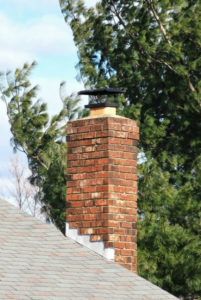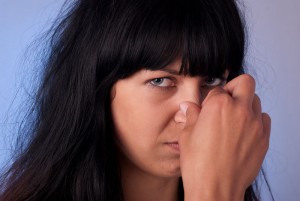Keep Pests and Debris Out with a Chimney Cap
Some homeowners, particularly the older generation of homeowners, have never felt the need for a chimney cap. For the most part this is also the generation that cleaned the chimney  themselves, and probably never saw damage because they didn’t know what to look for.
themselves, and probably never saw damage because they didn’t know what to look for.
Really there is no way to prevent water damage when the chimney cap is missing. During a full year Long Island receives around 49 inches of rain on average. That is a lot of water in the chimney. More than that, with rain and other weather comes debris and animals seeking refuge. Keep pests and debris out with a chimney cap. It’s a simple and inexpensive preventative step you can take to avoid extreme costs later.
Why is it so Important?
The chimney cap is a simple and effective preventative measure that homeowners can have easily installed and it works exceptionally. The cap fits over the chimney crown and covers the flue opening, while allowing ventilation for the vapors and other byproducts from the fire. Chimney caps not only keep weather and critters outside, but also prevents sparks from leaving the chimney and igniting nearby debris. When the cap is missing, it is recommended to have it replaced immediately.
Risks of Pests and Debris in the Chimney
During stormy or freezing days, your chimney is warm and inviting to certain animals. Pests like squirrels, chipmunks, and even raccoons and opossums can make a home in your chimney. Once inside they can become trapped and die, as well as obstruct the chimney flue with nesting materials. A dead animal in the chimney will most definitely cause blockage, but it will also stink! Also, the nesting materials, like other types of debris can cause chimney issues and raise risks to the home as well.
If your chimney flue is left open with no cap it is likely that debris will fall into it. Twigs and leaves are easily ignited, and can cause serious fire danger if allowed into the chimney flue. Once inside the chimney, both outside debris and animals are hard to remove and should be done so by a certified chimney sweep.
The Professional Advantage
It’s always best to hire a professional chimney expert when you need a chimney check-up. Chimney professionals know what to look for, understand certain risk factors, and can assess and repair quickly. At Chief Chimney Services we pride ourselves in offering the best services on Long Island for all of our neighbors with chimneys and fireplaces. When we send out a chief chimney sweep you can rest assured that you will get the a recommendation based on safety and efficiency. If your chimney is missing a chimney cap, our sweep can offer the best options and you can make a installation plan right then.
Don’t wait until burn season to have your chimney assessed. Call Chief Chimney Services or contact us online to schedule an appointment to assess your chimney cap.



